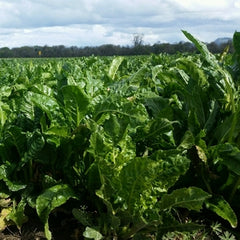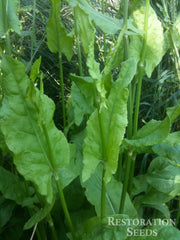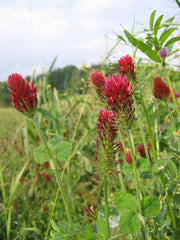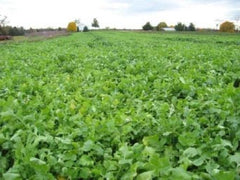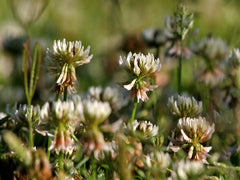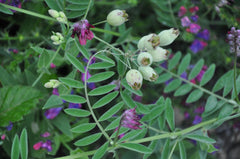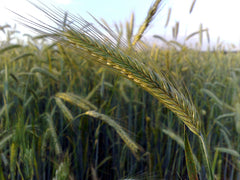Burbank Barley
MANAGEMENT
Spring barley won't consistently winter kill as easily as spring oats when planted in the fall. In high nitrogen conditions, lodging can be a serious concern if growing the barley for grain production. Be sure to kill barley 10-14 days before planting a crop or when planting a high nitrogen demanding crop terminate the barley before it reaches 9-12". Disease carryover from wheat can be a concern with this species.
ADAPTATION
While claims are often made about the wide adaptability of various cereal crops, barley may well be the champion. Spring barley germinates at 34–36 (1–2˚C)˚F and wheat development is promoted at 38–46˚F (3–8˚C). Barley succeeds further north than most other cereal crops in Norway at latitude 70° N and at higher altitudes, it is a staple crop in Tibet. It is not frost tender. flowers from June to August. Barley grain is a staple in Tibet and was eaten widely by peasants in Medieval Europe.
TOLERANCE
Barley has the highest salinity and high pH tolerance of all cereal crops. Barley is much better utilized in basic soils than other cereal crops but will suffer in soils with a pH lower than 6.0.
seed life: 2–3 years.
Planting Depth 3/4” to 2”
Soil Temp. Germ. 38–68˚F
Days to Germ. 2–4
Plant Spacing 12”
Row Spacing 12-24”
Days To Maturity 90
Full Sun, Dry Climate
Burbank Seed Count
1 Ounce ≈ 644 seeds
.25 Pound ≈ 2,577 seeds
- 200 Seeds$4.10
- 1 Ounce$10.00
- 1/4 Pound$24.00
The wild ancestor of domesticated barley, Hordeum vulgare subsp. spontaneum, is abundant in grasslands and woodlands throughout the Fertile Crescent area of Western Asia and northeast Africa.
